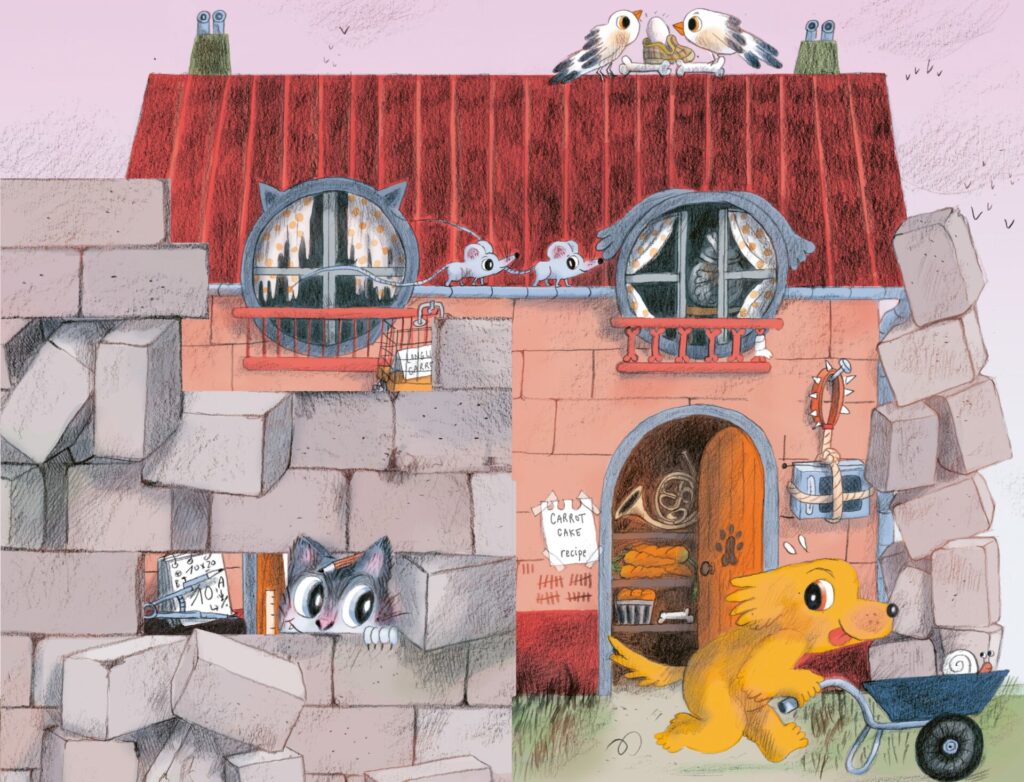
A childhood in Vosges
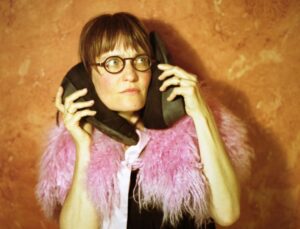 Clotilde Perrin’s interest in illustration began as a child in Vosges. Her father made paper by hand and her mother drew. The dark fir trees and wild animals of the local forests inspired her, and she read many tales—some frightening, others reassuring – which sparked her desire to share stories.
Clotilde Perrin’s interest in illustration began as a child in Vosges. Her father made paper by hand and her mother drew. The dark fir trees and wild animals of the local forests inspired her, and she read many tales—some frightening, others reassuring – which sparked her desire to share stories.
“There wasn’t much to do, so I spent hours sketching and observing. The ideas for my stories would come from the simplest things—a tree, a shadow, or the way the light hit something. There was space to get lost in thought.”
What’s the story behind The Kerfuffle?
It’s actually from my experience. I live in a semi-detached house, and my neighbour and I have trouble
getting along; it’s been a mess for years! One day, they suggested building a wall to fix everything.
Instead of getting angry, I had the idea for this book, like a spark in my brain. Creating the book
allowed me to better cope with our own kerfuffle.
I see everything that’s happening in our world. I see so much discord at the moment, conflicts
between countries, walls that have been built and others that are being built. It would be so much
nicer to build something else with these bricks.
Why a cat and a dog?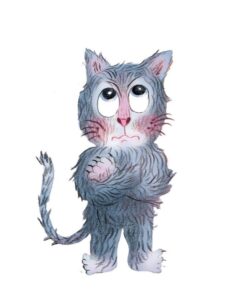
I chose a cat and a dog because these animals can both love and hate each other. I didn’t want to create a villain and a hero. There is no judgment about one being stupid and the other more intelligent. In this kind of story, both are at fault.
The pig neighbours at the end refer, of course, to the fairy tale. They live in a brick house, and they too can build walls if necessary. And they’re not known for being clean, which worked well with the new upcoming kerfuffle that ends my book.
Can you talk about the flap construction you used in The Kerfuffle?
The idea of the paper flap that would form the wall came very quickly, as if it were obvious. The flap allows us to see what is happening behind the wall at the neighbour’s house. The reader is a bit of a voyeur, and I find that amusing. Not to mention all the little stories that unfold throughout the pages: we follow a snail that couldn’t care less about property, two mice that switch sides, and two birds that mate while the commotion rages below.
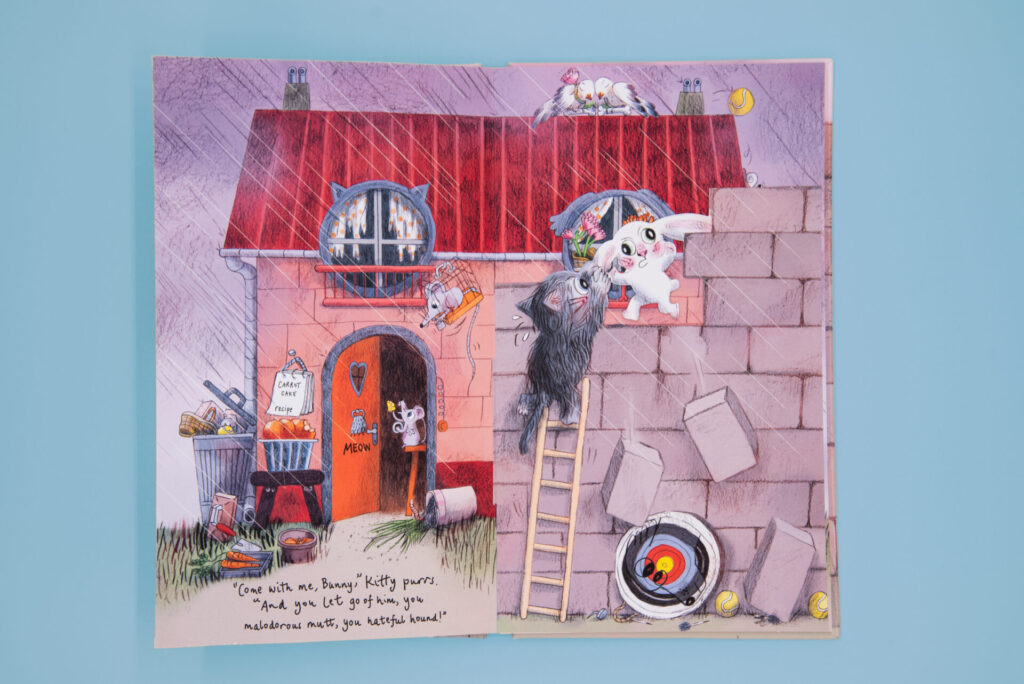
How do you create your illustrations?
It doesn’t take much: paper, glue, tape, scissors, a black coloured pencil for the shading, a Criterion
pen for the fine, precise lines, a little ink for the vegetation, and my computer for the colours.
I generally use the same materials to create all my books. I’ve found my style. Now, what I enjoy is
making this style speak, bringing it to life.
For the flap books, I create a raw, quick model to put down the story and the paper flaps. Next I draw
the images more accurately in pieces to create the templates of each piece that will be folded or
glued. Then I colour on the computer, before I send it to my editor.
And how are you getting on with your neighbour?
I offered a copy of the book to my neighbour, and guess what? Nothing has been sorted out yet! It’s still a mess. I’m desperate. We haven’t built a wall yet . . .
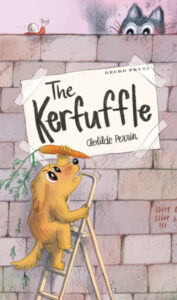 The Kerfuffle is a picture book in which flaps and die-cuts tell the story of a dog and cat fed up with living side by side who build a wall between them—until a new friend and a new idea bring it tumbling joyfully down.
The Kerfuffle is a picture book in which flaps and die-cuts tell the story of a dog and cat fed up with living side by side who build a wall between them—until a new friend and a new idea bring it tumbling joyfully down.

